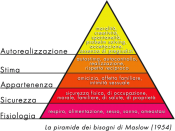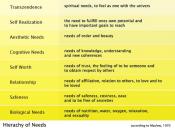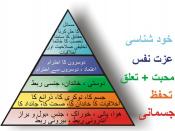I. INTRODUCTION
Advertising is mass communication an advertiser pays for in order to convince a certain segment of the public to adopt ideas or take actions of benefit to the advertiser ("The History of Advertising").
In other words, advertising is a form of communication as well as a marketing function where the advertiser pays for the use of the communications media. It is non-personal (compared to personal selling) and has to be persuasive and convincing in order to sell or secure favorable consideration. The advertiser has to communicate facts and ideas to the public in such a way that the information fits the needs, wants, and interests of the public (Crisostomo 4).
Although the goals of advertisements may differ from ad to ad, there are generalizations that can be made. The first would be that ads are made to sell products, ideas, or services. The actual sale may be immediate or eventual and it is accomplished through the mass media rather than the salesperson.
The second generalization is that ads are there to develop goodwill and build prestige. This is accomplished through institutional or public-interest advertising.
Ads are also there to pre-sell products. With brand advertising, corporations are able to condition the minds of consumers to be loyal to their brand and purchase their products in the future.
Ads are also used to widen the demand for a product. This demand can be increased if the advertisement can demonstrate alternative ways of using the particular product. This requires an investigation of the primary, secondary, and potential uses of the product.
Ads are also aimed to establish brand superiority. Although by itself, advertising does not create an industrial monopoly, it can lead to the establishment of brand superiority and dominance.
Another goal of advertising is to maintain patronage. Retail establishments, particularly,


